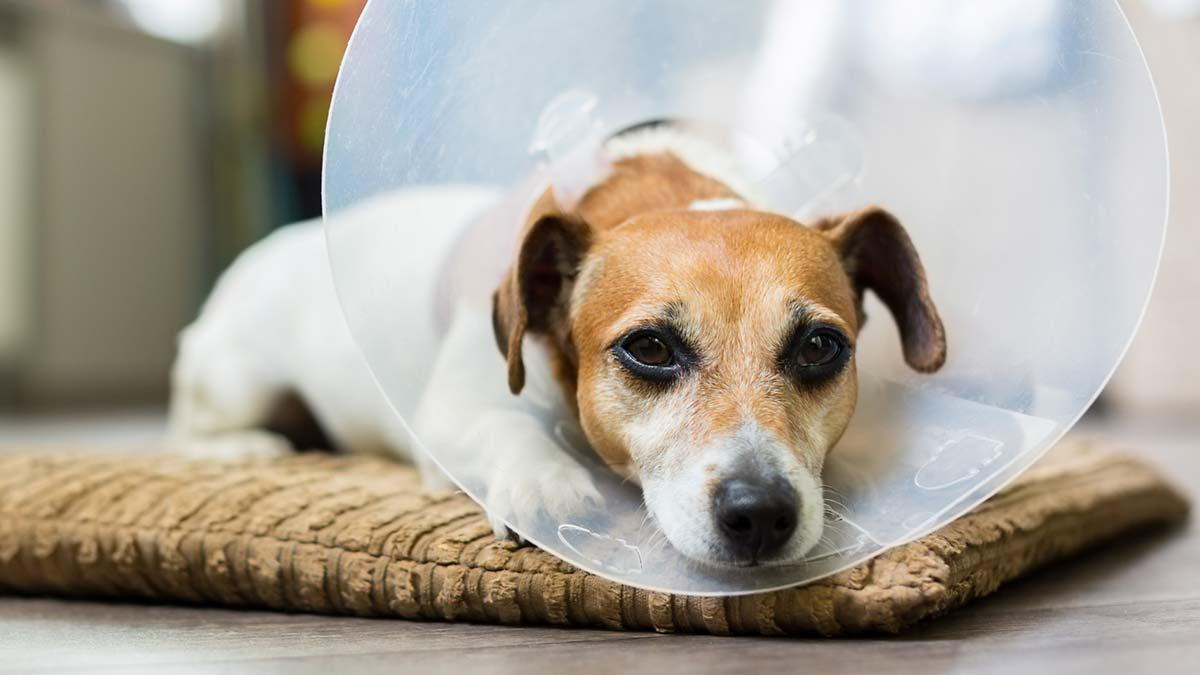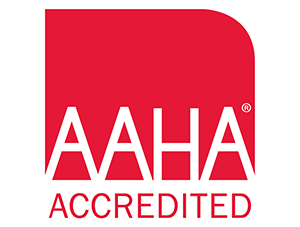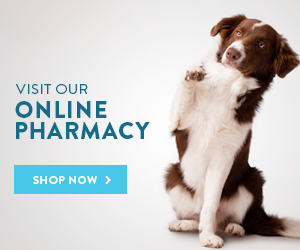
When your fur baby has to have Tibial Plateau Leveling Osteotomy (TPLO), Femoral Head and Femoral Head and Neck Osteotomy surgery (FHO), or any other type of orthopedic surgery, it can be stressful for pet parents and their pets. Listening to and following the instructions given to you by your veterinarian for your pet's post-op care can help ease that stress. Following the surgery aftercare guidelines will help get your furry family member get back to their regular activities and active lifestyle.
General Anesthesia Side Effects
When your pet has to have surgery, more often than not, a general anesthetic will be used. This will put your pet into a deep slumber that prevents them from feeling any pain during the procedure. It also keeps your pet from moving around and causing harm to themselves.
If your fur baby is a bit sleepy, groggy, or shaky after the anesthetic wears off, that's perfectly normal and should disappear quickly. Some side effects are:
Nausea - Don't worry if your pet doesn't feel up to eating until the next day after surgery.
Off-Balance - General anesthesia can mess with a pet's depth perception and make them a bit clumsy. Find them a comfy spot and let them sleep it off.
Behavioral Changes - If your pet isn't responding as they usually do, don't fret. They'll be back to normal in a few days. Some behaviors can be unpredictable, so keeping your furry friend away from children and other pets in the home would be advisable until they feel like their old selves again.
Body Temp Regulation - After having a general anesthetic, sometimes your pet will be unable to regulate their body temperature. Keep them in a warm room, but not overly hot, to make them feel comfortable.
Feeding Your Dog After Surgery
As stated above, a general anesthetic could cause your pup to be nauseated, and they may lose their appetite. That's normal. When it's doggy dinnertime, feed them a light meal. Dog food can sometimes be harder to digest when your doggo is under the weather. To help them bounce back, offer an easier digestible option like chicken and rice.
Your dog should regain their appetite within 24 hours following surgery, and you should ease them gradually into their regular diet.
If their appetite hasn't returned to normal after 48 hours, contact your veterinarian because it could signify that they're in pain or battling an infection.
A nutritious diet is vital to your dog's health while they're recovering from surgery. If you're not sure what the best food is for your puppers, ask your vet to recommend a diet that will keep your dog healthy and at optimal weight after full recovery.
Managing Your Pet's Pain
After your pet has an operation, they're going to be in pain. Your veterinarian will prescribe medication for your pet to help alleviate your pet's pain as much as possible - as long as you follow the directions.
Your vet will explain the medications, the dosages, and how often your pet is to receive them. It's crucial that you administer the medications correctly to prevent any unnecessary pain or complications for your pet while they're recovering and not cause any side effects.
Never be afraid to ask your vet if you're unsure of the instructions and need clarification. They want to help you and your furry family member get well quickly and painlessly as possible.
Some medications your pet's doctor may prescribe are antibiotics to prevent infection and pain meds to relieve any pain or discomfort that comes after a surgical procedure. Your vet may also prescribe an anti-anxiety med or a sedative if your pet's personality is high-strung or anxious. This will help them stay calm while they're healing.
It's never a good idea to give human medications to your dog or cat, but if you feel you have a remedy that you would like to use, then call your vet and ask if the ingredients are safe. There are quite a few human medications that are toxic to dogs and other animals.
Make Your Fur Baby Comfortable
After surgery, your pet is going to be sore and out of sorts for a bit. Find them a quiet place to rest away from the hubbub of the household. To protect their incision, you'll want to get them a bigger bed so they have more room to move and not open their stitches. This will allow your pup or kitty to stretch out and not put any undue pressure on any sensitive or bandaged part of their body.
It's important to keep your pet's movements and activities limited after their surgery. Jumping and sudden stretching can impede the healing process and may cause the incision to reopen. Try to prevent your pet from jumping up on furniture or climbing stairs because they could hurt themselves.
Fortunately, most surgeries won't require "crate rest" while your pet heals. Keeping your pet indoors for a few days with only the essential potty breaks outside (if needed) will be more than adequate.
Keeping Your Pet Comfortable During 'Crate Rest'
If your pet's post-op instructions state that crate rest is necessary for your dog or cat's recovery, then there are ways to help make your fur baby more comfortable while having to spend a lot of time in a cage.
You'll need to make sure your pup's cage is big enough for them to move around without upsetting their food and water dishes. Make sure there is plenty of room for their dishes because a spill could cause your pupper's bandages to become wet and soiled, which could lead to an infection.
When it comes to crate size, keep in mind that if your pet needs to wear a plastic cone, they'll need plenty of room to move around without getting the cone stuck.
Caring For Your Pet's Incision Site
After a surgical procedure, your pet's skin at the incision spot will itch and irritate them, and they'll want to bite, chew, or scratch the area. As stated above, a cone would help keep them from getting to the site. Sometimes, a cat or dog has difficulty adjusting to a cone collar. Fortunately, this isn't the only option. Talk to your vet and see if a less cumbersome option is available, such as a donut collar or a medical pet shirt.
Taking Care Of Your Pet's Stitches
Whether your pup or kitty has stitches or staples, your vet may need to remove them in about 10 to 14 days after surgery. Your veterinary orthopedic surgeon may use stitches that are placed inside your pet's wound that will dissolve as the incision heals, depending on the type of surgery.
Keep your pet's bandages clean and dry at all times. When your doggie goes outside to potty, make sure you wrap the surgical site with a plastic bag to protect it. As soon as your doggo comes in, remove the plastic. Leaving it on could cause the area to sweat and lead to an infection.
Don't Miss Your Pet's Follow-Up Appointment
Your vet will want to monitor your pet's healing progress and check for infection or anything else of concern. Catching any issues before they become serious is crucial to your dog or cat's health.
Bandage changes should be handled by a veterinarian professional that has experience in changing and dressing their bandages. Bandages can't be left on too long after the surgery because it could lead to sores and infections and even affect the blood supply to the surgical site, so it's vital to keep all follow-up vet appointments.
To schedule an appointment with Laveen Veterinary Center, please call us today at (602) 559-9600. Serving Laveen and the South Phoenix area, our compassionate veterinary orthopedic surgeons have many years of experience diagnosing and treating problems in dogs and cats. Contact us today to learn more about the range of veterinary services we offer to pets with orthopedic conditions.


